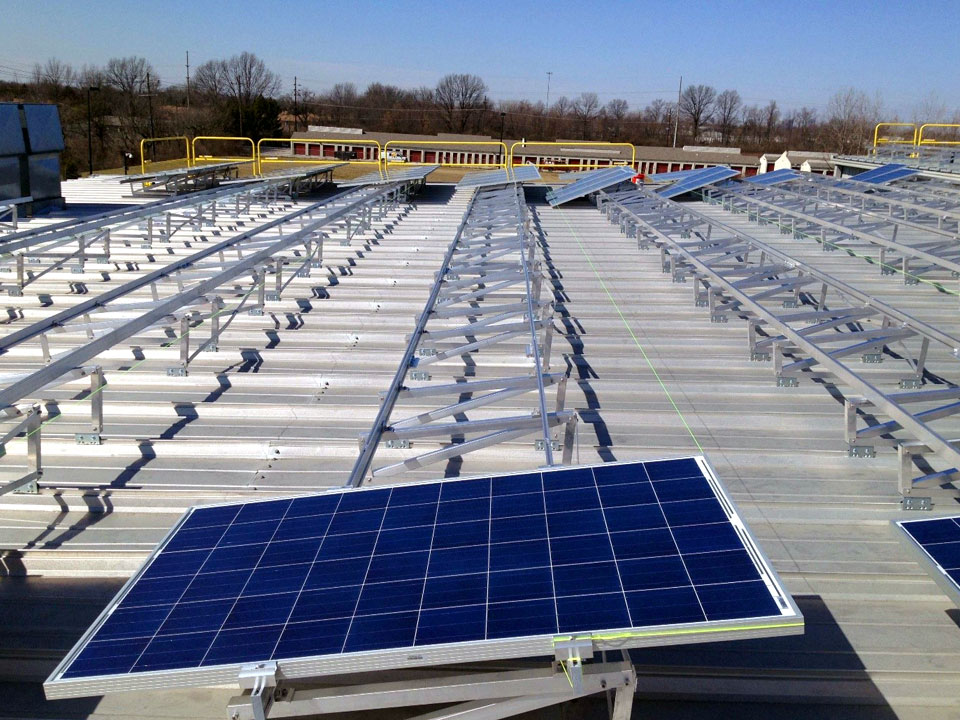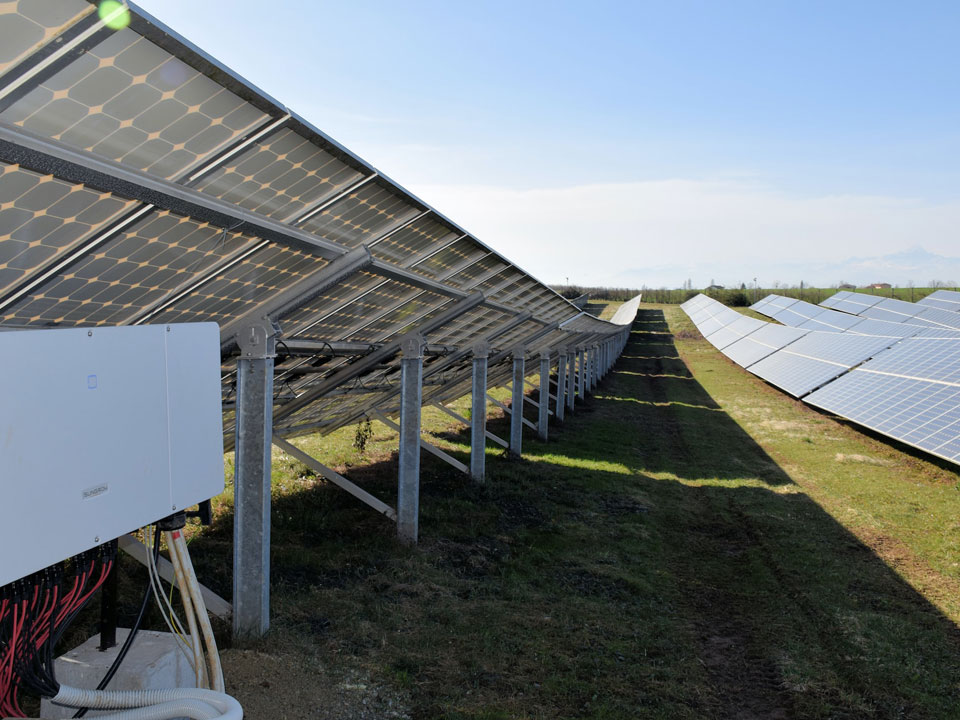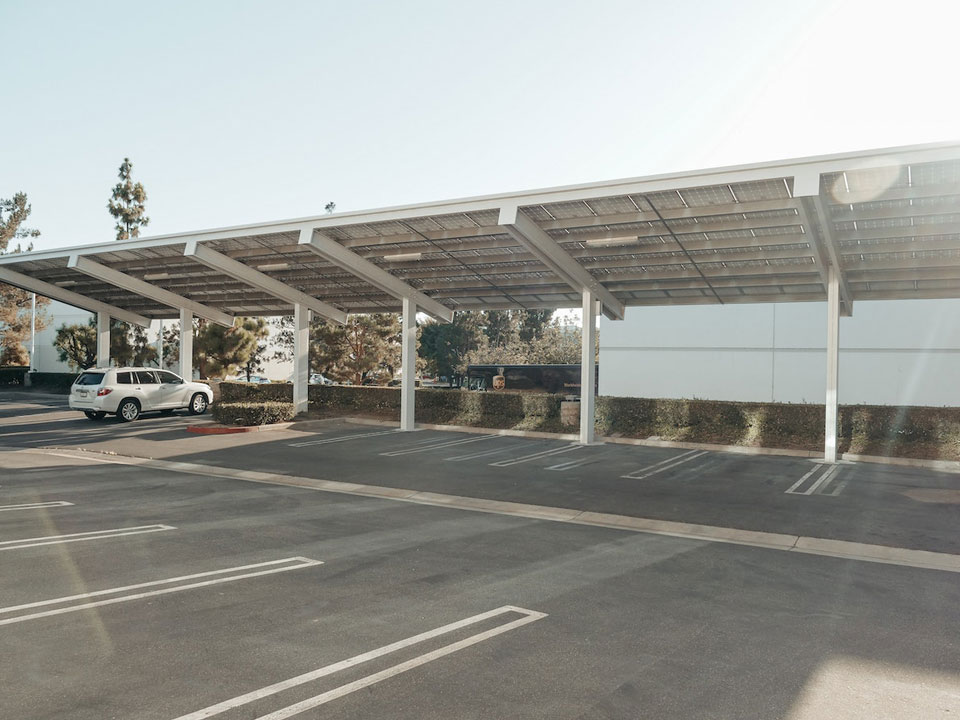
Solar Modules
Solar modules are made up of a number of individual solar cells. Each solar cell is a semiconductor device that converts light energy into electrical energy through the photovoltaic effect. The most common type of solar cell is made of silicon, but other materials such as cadmium telluride and copper indium gallium selenide can also be used.
Solar modules are typically made of a frame, a backsheet, a junction box, and solar cells. The frame is used to hold the module together and to protect it from the elements. The backsheet is a weatherproof material that protects the solar cells from moisture and dust. The junction box is a housing that contains the electrical connections for the solar cells. The solar cells are the heart of the module and are responsible for converting sunlight into electricity.
There are three main types of solar modules: monocrystalline, polycrystalline, and thin-film. Monocrystalline modules are made of single-crystal silicon, which gives them a higher efficiency than polycrystalline modules. Polycrystalline modules are made of multiple-crystal silicon, which makes them less expensive than monocrystalline modules. Thin-film modules are made of a variety of materials, including amorphous silicon, cadmium telluride, and copper indium gallium selenide. Thin-film modules are less efficient than monocrystalline and polycrystalline modules, but they are also less expensive.

Solar Inverter
A solar inverter is a device that converts the direct current (DC) output of solar panels into alternating current (AC) that can be used by your home or business. It is a critical component of any solar power system, as it allows the electricity generated by your solar panels to be used to power your appliances and lights.
There are two main types of solar inverters: string inverters and microinverters. String inverters convert the DC output of all of your solar panels into AC at a single location. Microinverters, on the other hand, convert the DC output of each solar panel into AC individually.

Solar AC Combiner Panel
Solar AC Combiner Panel is a device that is used to combine AC power from Solar Inverters to the loads in a solar power system. Solar AC Combiner Panels typically contain circuit breakers, surge protection devices, and other electrical components that protect the system from overloads and surges.
Solar AC Combiner Panels are an important part of any solar power system, as they help to ensure the safety and reliability of the system. They are also required by some electrical codes.
Here are some of the benefits of Solar AC Combiner Panels:
- They help to protect the solar power system from overloads and surges.
- They make it easier to troubleshoot problems with the solar power system.


